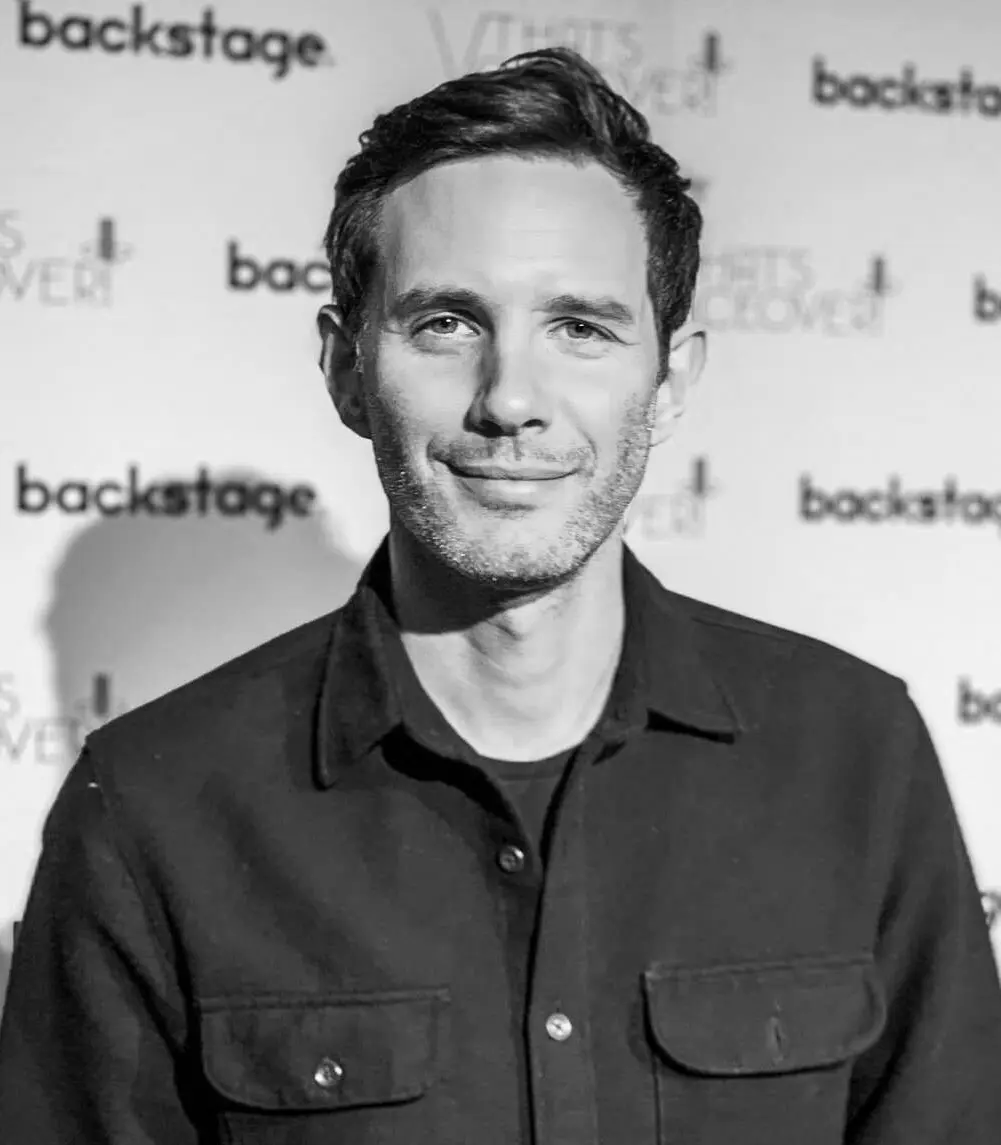It’s important to understand the distinction between screenplay coverage and providing notes to writers. While both involve evaluating scripts, their audiences, purposes, and approaches are distinct.
Coverage reports are a key tool for executives, producers, and representatives, evaluating a script’s development potential and alignment with production company goals. They offer an objective overview of the script’s marketability, fit with company objectives, and commercial potential. With a formal and objective tone, they should deliver concise evaluations, influencing whether more senior staff should read. Ultimately if a screenplay receives coverage, the report will determine the fate of the project with the company.
On the other hand, creative notes are directed at writers or creative teams and are integral to the script’s creative development. They will mostly focus on elements such as story development, character arcs, dialogue, and thematic depth. The approach is more subjective and collaborative, leaning towards constructive criticism and creative suggestions – fostering its creative evolution in collaboration with the writer.
While coverage sets the stage for decision-making within a production company, notes serve as a guiding light for writers and creatives, helping them polish and perfect their work. Each serves a vital role in the journey of a script from draft to screen.
Tips for Transitioning from Notes to Coverage
For readers who may be more used to providing creative notes, here are some recommendations as you make the subtle shift to writing coverage:
- Understand your audience. Shift your focus to suit the needs of decision-makers in production, not just the creative team.
- Know your company’s goals. Finding projects that are a good fit is a key component of filtering screenplay submissions.
- Prioritize objective analysis over personal preference. Give an unbiased view of the script’s potential and marketability.
- Give a comprehensive evaluation. Assess both the creative and commercial aspects of the script for a balanced view.
Provide clear recommendations. Remember that the recommendation you provide in your coverage may decide if this screenplay moves forward into development. If you’re not sure, talk to your team.

Simon’s decade in the film and TV industry as an actor, voice artist, and producer has equipped him with a deep understanding of creative, development and production processes. This hands-on experience in entertainment is complemented by his roles in product and project management within the finance and technology sectors, including significant positions at global companies like Accenture, Barclays, and Deutsche Bank. His diverse background enables him to uniquely address the challenges in entertainment development, bringing a comprehensive perspective to his leadership at Ovassa.





